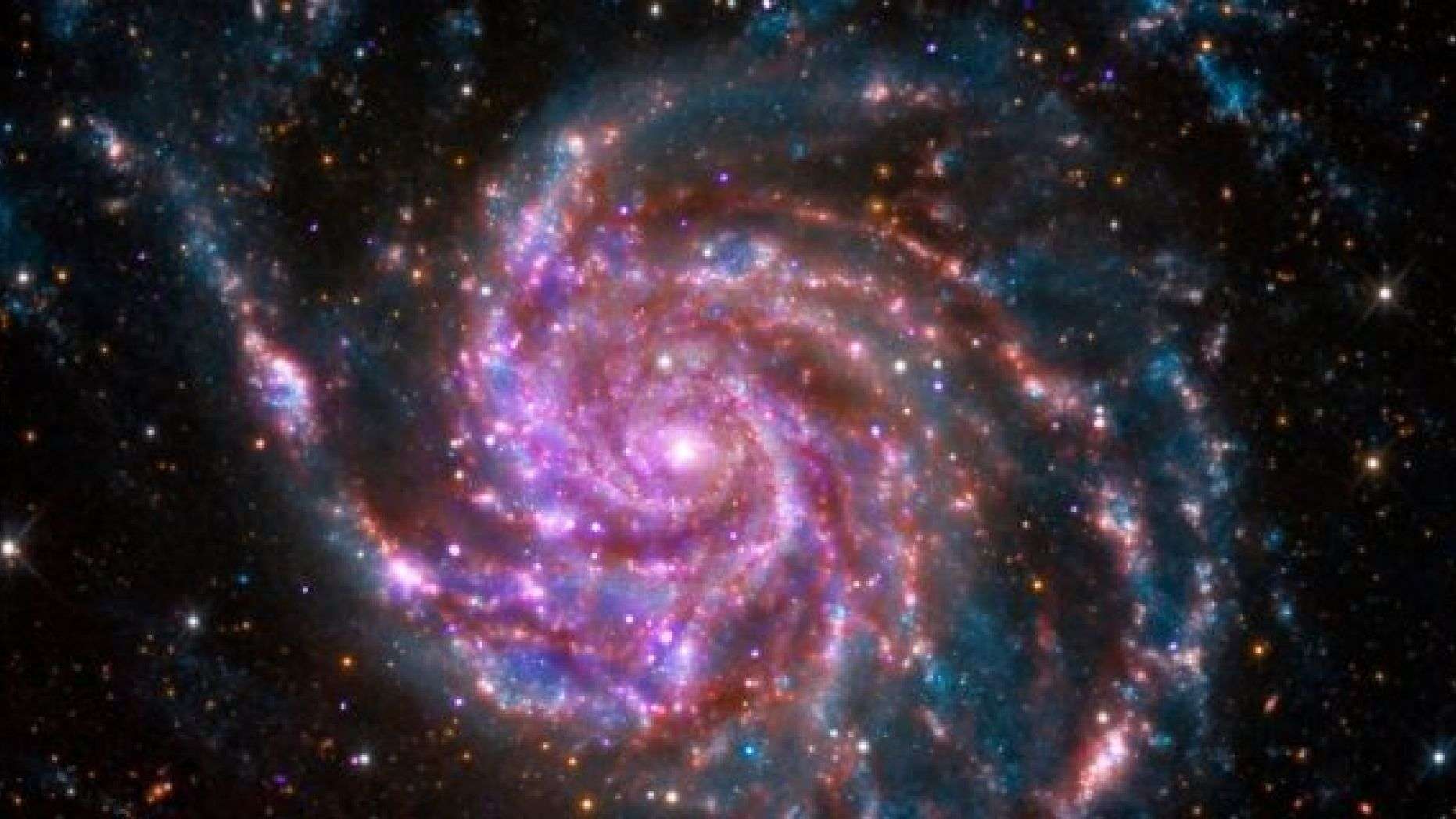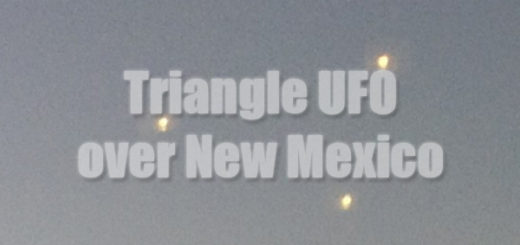‘Mysterious radio bursts’ in outer space detected by alien-hunting artificial intelligence

File photo: The spiral galaxy M101 is pictured in this undated handout photo from NASA’s Chandra X-Ray Observatory. M101 is a spiral galaxy like our Milky Way, but about 70 percent bigger. It is located about 21 million light years from Earth. (REUTERS/NASA/Handout via Reuters)
E.T. may have been trying to “phone home” but new evidence suggests he may now be trying to reach us.
Unusual and “mysterious radio bursts” have been detected 3 billion light years away from Earth, thanks to an artificial intelligence program at the Search for Extraterrestrial Intelligence (SETI).
Researchers at SETI used a machine-learning algorithm to uncover 72 new “fast radio bursts” (FRB) previously unidentified. The FRBs are coming from galaxy FRB 121102. When combined with the 21 FRBs previously found on Aug. 26, 2017, the total now comes to new 93 FRBs discovered.
MASSIVE GLOWING ‘ROGUE’ PLANET SPOTTED ‘DRIFTING’ IN SPACE
“Not all discoveries come from new observations,” Pete Worden, executive director of Breakthrough Initiatives, a SETI project, said in a statement. “In this case, it was smart, original thinking applied to an existing dataset. It has advanced our knowledge of one of the most tantalizing mysteries in astronomy.”
“This work is only the beginning of using these powerful methods to find radio transients,” said Gerry Zhang in the statement. “We hope our success may inspire other serious endeavors in applying machine learning to radio astronomy.”
It’s still unclear what is causing the FRBs, with SETI describing their source and mechanism as “mysterious.” Theories include “highly magnetized neutron stars, blasted by gas streams near to a supermassive black hole, to suggestions that the burst properties are consistent with signatures of technology developed by an advanced civilization.”
What makes the FRBs that are emanating from FRB 121102 interesting is that these are usually one-time events. However, FRB 121102 has been unusually active since it was discovered in 2012, with researchers calling it a “repeater.”
The researchers used the scientific program Breakthrough Listen to help go through 400 TB of data and find the 21 bursts, which were all seen within one hour, “suggesting that the source alternates between periods of quiescence and frenzied activity.”
It’s unknown how common FRBs actually are.
FRBs, which were first discovered in 2007, are relatively new to astronomers and their origins are mysterious. According to ScienceAlert, some of them can generate as much energy as 500 million Suns in a few milliseconds.
Last month, an FRB that hit Earth was nearly 200 megahertz lower than any other radio burst ever detected.
WE NEED TO KEEP LOOKING FOR ALIENS, SCIENTISTS TELL SENATORS
The origin of the FRB discovered in late July may have stemmed from a number of events, such as evaporating black holes and erupting neutron stars, according to Nature.
However, astronomers, including those from Harvard, have also previously said they could not rule out that FRBs may stem from advanced civilizations deep in space.
If the truth is indeed out there, it might just be 3 billion light years away from home.
Follow Chris Ciaccia on Twitter @Chris_Ciaccia



 Creators of mankind
Creators of mankind Description of “Tall white aliens”
Description of “Tall white aliens” Where they came from?
Where they came from? About hostile civilizations
About hostile civilizations The war for the Earth
The war for the Earth “Tall white aliens” about eternal life
“Tall white aliens” about eternal life Video: “Nordic aliens”
Video: “Nordic aliens” Aliens
Aliens Alien encounters
Alien encounters The aliens base
The aliens base UFO
UFO Technology UFO
Technology UFO Underground civilization
Underground civilization Ancient alien artifacts
Ancient alien artifacts Military and UFO
Military and UFO Mysteries and hypotheses
Mysteries and hypotheses Scientific facts
Scientific facts


















